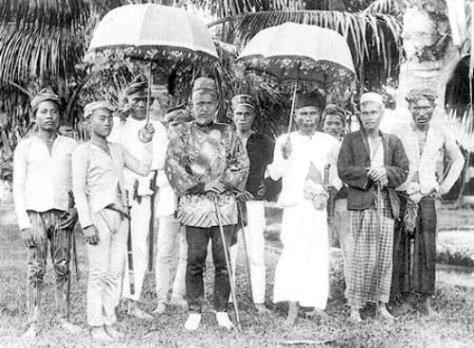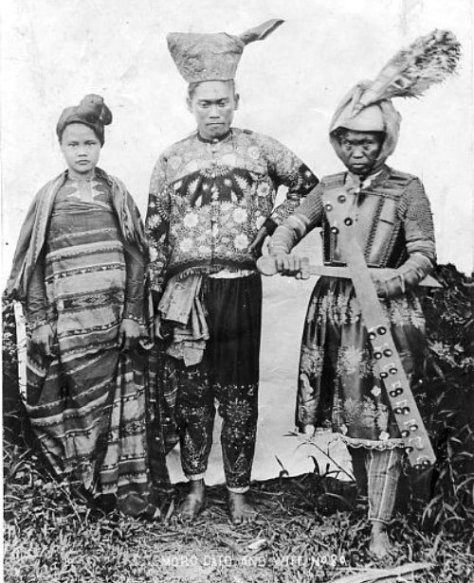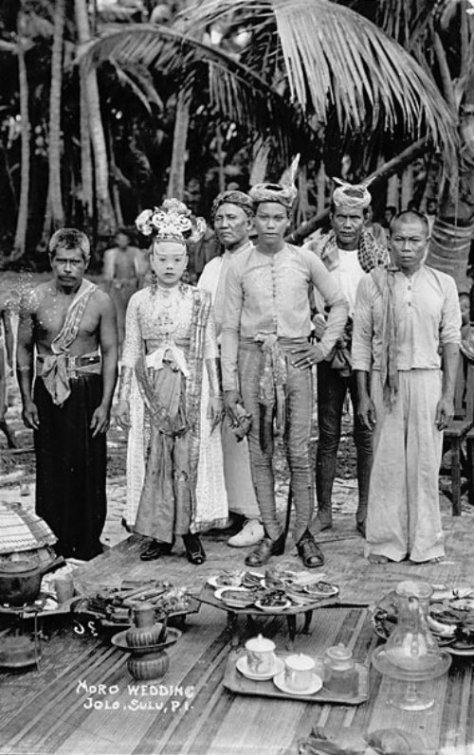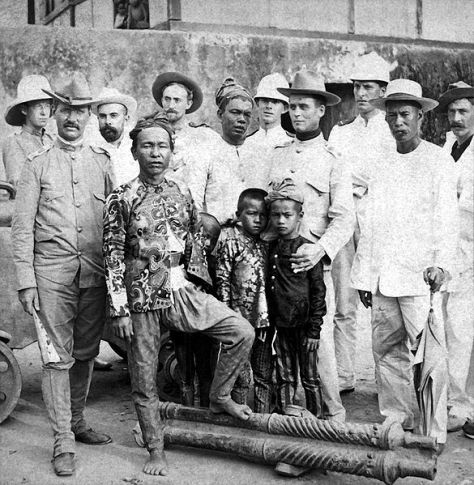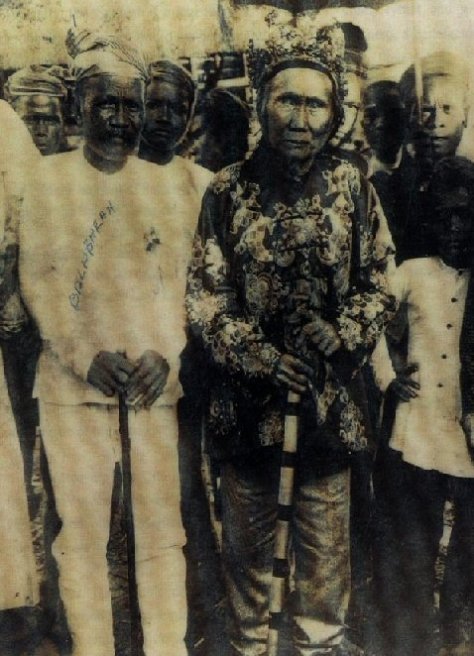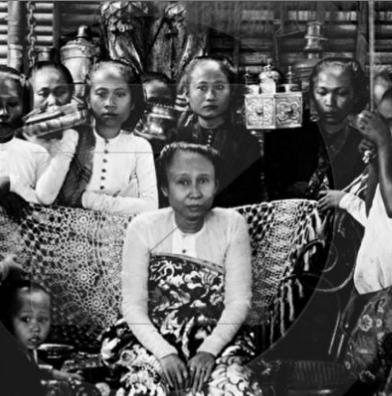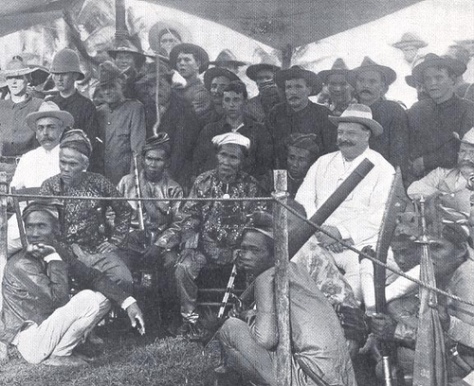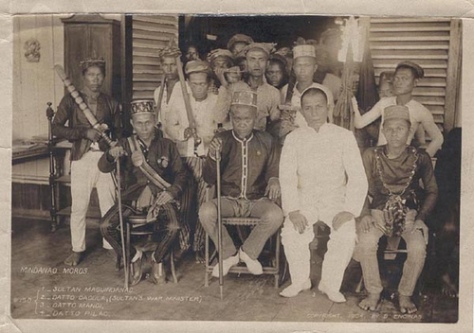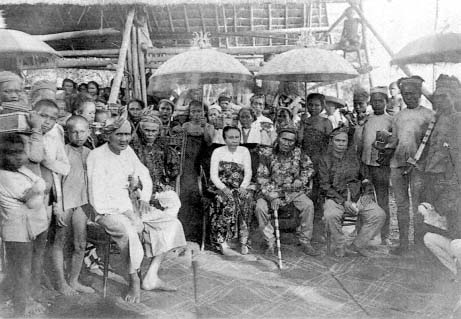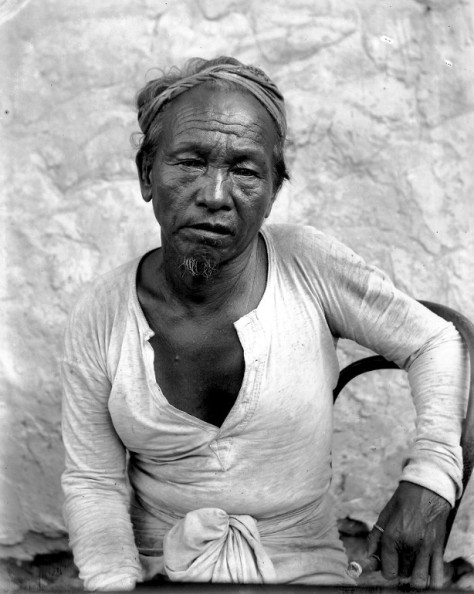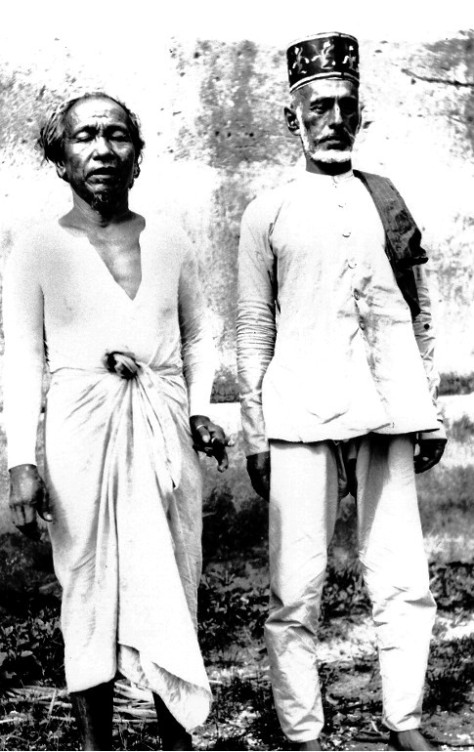Maguindanao tudtul (folktales) are short stories involving simple events. Two examples are presented.
LAGYA KUDARAT
The “Lagya Kudarat” tells the adventures of the two children of Lagya (rajah) Mampalai of Lum who are blown away after Mampalai laments the lack of viable partners for his children. These two children are Lagya Kudarat and Puteli (princess) Sittie Kumala.
Puteli Kumala is blown to a forest where she meets a kabayan (in all Maguindanao stories, this character is associated with an old unmarried woman). The kabayan adopts her, as she earlier did the prince named Sumedsen sa Alungan.
Although Kumala and Sumedsen live in the same house, they never speak to each other. Later, because of peeping toms, Kumala leaves and Sumedsen goes with her. They find their way to Lum, where a happy reunion takes place. Sumedsen eventually marries Kumala.
Meanwhile, Lagya Kudarat is blown to Kabulawanan. There he meets another kabayan who allows him to live with her. One day while hunting, Kudarat hears the game of sipa (rattan ball kicked with the ankle) being played. He proceeds to the direction of the game and is invited to play.
Not knowing how to play, he accidentally causes the sipa to fall in front of the princess who is sitting beside the window. She throws him her ring and handkerchief. The marriage between the princess and Kudarat is then arranged.
After the wedding, Kudarat feels homesick; his wife then suggests that they go back to Lum. There is a happy reunion. A week later, Kudarat and his wife returns to Kabulawanan to live with his in-laws (Notre Dame Journal 1980:3-6).
PAT I MATA
“Pat-I-Mata” narrates the story of two brothers — Pat-I-Mata and Datu sa Pulu. The former rules Kabalukan while the latter reigns over Reina Regente. Pat-I-Mata is so-called because he has four eyes; when his two eyes sleep, his other two are awake.
He is also known for his cruelty to women, marrying them when they are beautiful and returning them after they have gone ugly. Because of this, the people of Kabalukan can no longer tolerate Pat-I-Mata’s cruelty. They approach his brother and ask for his help.
The Datu sa Pulu tries to advise his brother but to no avail. He then decides to kill Pat-I-Mata. So he builds a cage. Seeing the cage, Pat-I-Mata asks what it is for.
The Datu replies that it is constructed to protect them from an incoming storm. Being greedy, Pat-I-Mata asks for the cage saying that the Datu can make his own anytime. The Datu pretends to hesitate but later accommodates his brother’s wishes. When Pat-I-Mata and his followers enter the cage, the Datu orders the door shut.
Realizing that he is tricked, he says before being thrown into the river: “Never mind, my brother. We would always be enemies — and we will never be reconciled till eternity. I would die but I pray that whenever you go riding on a boat in the river, my spirit will capsize it” (Notre Dame Journal 1980:7-8).
